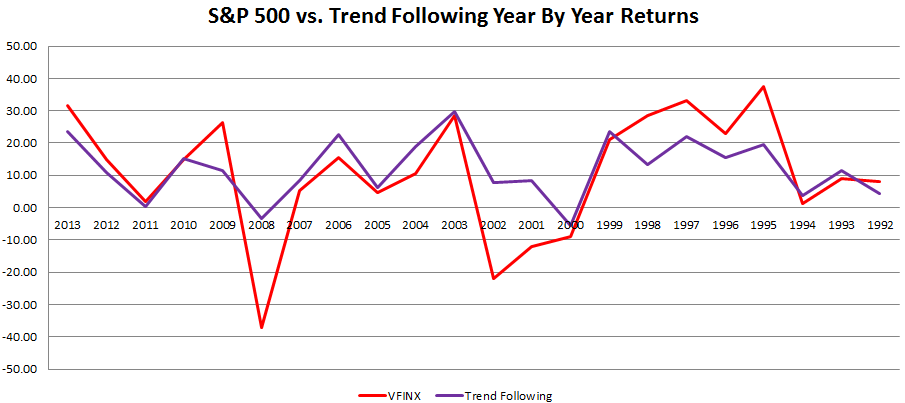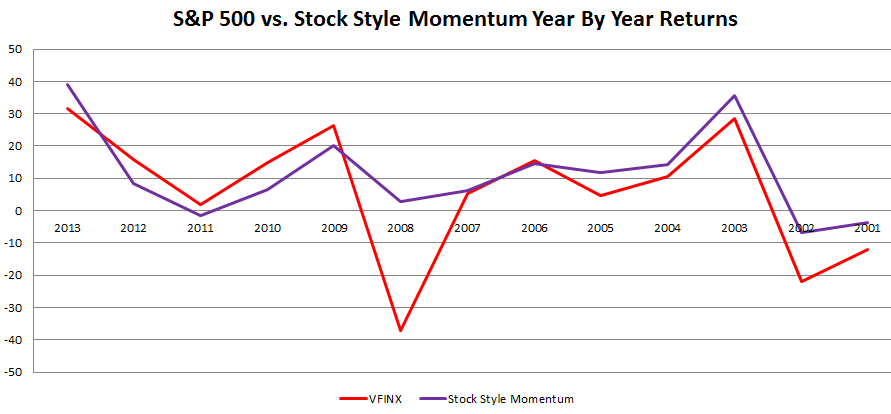Where are we now in valuation and momentum phases?
Now that we are entering the last month of the first quarter, we think it is a good time to review where we are in terms of market valuation and momentum phases.
As stock markets have been persistently at a high elevated level, the first question comes to mind is where we are in terms of long term stock market valuation.
Market Valuations
We had an overview on market valuations in our newsletter January 27, 2014: What To Do In A Low Return Environment. Since then, S&P 500 has risen another 96 points. So in terms of valuation, nothing has changed substantially, other than stocks have become more expensive. Some updates:
- Shiller’s Cyclically Adjusted Price Earnings ratio (CAPE 10) (26.71) to its long term average (16.53) is 1.62. US stock market is 62% Over Valued. This number is about the same as that before 2008. See Market Indicators for more details.
- In his latest commentary, Hussman puut the future annual return just short of 2.2% for the next 10 years. He even claimed “zero or negative nominal total returns on every horizon of less than 7 years” (we have an issue on this claim as we don’t think anything less than 7 years can be well predicted).
- Total US bond index BND’s price is exactly the same as that on January 27, 2014. So nothing has changed here also. We are still seeing exceptional low yields from bonds.
Momentum Phases
What we would like to address more in this newsletter is to see where we in terms of momentum phases. First, let’s update our long term momentum (trend following) vs. buy and hold (S&P 500) chart. We first introduced these charts in December 10, 2012: How Asset Allocation Strategies Performed In Secular Market Trends and updated it in July 22, 2013: Tactical Asset Allocation: The Good, The Bad And The Ugly.
From the above, we can see that the buy and hold (Vanguard 500 index (S&P 500) VFINX) continues to out perform the trend following portfolio P Relative Strength Trend Following Six Assets (this portfolio is listed on Advanced Strategies page).
However, since the above is a comparison between a global diversified stock portfolio P Relative Strength Trend Following Six Assets and U.S. stock market index (S&P 500 index), it is not the best to reveal how momentum has actually performed compared with U.S. stocks. To do so, we construct the following chart that compares a U.S. stock momentum portfolio P Momentum Scoring Style ETFs and Treasuries (it is a momentum based stock style rotation portfolio that is also listed on Advanced Strategies page) with S&P 500:
From the above two charts, we can see
- The rolling 5 year return of S&P 500 is the first time to surpass the stock style momentum in 2013 since 2005.
- However, the momentum style rotation portfolio started to out perform S&P 500 since 2009. It has under performed S&P 500 every year since 2009 when the current bull market started.
Although one probably can not infer too much consistently from the above, we do see
- Globally, the bull markets are not consistent. In fact, emerging market stocks VWO lost over 4.9% in 2013 and YTD (year to date -5.9%). It is thus hard for a momentum portfolio that chooses at least two top assets (or markets) to out perform the lone super star: US stocks.
- Domestically, the bull market is in a rage: this is evident by the out performance of the US style stock rotation portfolio.
We see two possibilities going forward: 1. global economies continue to recover and eventually we will experience another boom cycle that can last another 2-5 years. 2. the current bull market (which has already had 5 year history, an average length of all bull markets) is at the final phase of momentum chasing and will soon end.
Investors are apparently hoping the scenario 1 will happen. That is why they ignore the high valuation while now are consistently chasing the hot market segments such as internet stocks and small company stocks.
Subjectively, we believe scenario 1 is highly unlikely as the current globalization cycle is ending and the structured reform (education, training, balance between manufacturing and services etc.) in US has not taken shape. We are more leaning to scenario 2. However, we nevertheless don’t trust our own judgement (in fact, not anyone else either) in terms of timing. That is why we believe in the coming years, it is still the best to go for tactical portfolios and maintain a small core portion in a diversified strategic portfolio.
Market Overview
The yield sensitive stock segment REITs and utilities took a loss last week, along with bonds. Markets are now pulled by two opposite forces: the improving employment condition in the US vs. the rest of world’s anemic or tough (considering China’s debt situation) situations. For now, nothing substantial has changed in terms of major asset trends.
For more detailed asset trend scores, please refer to 360° Market Overview.
We would like to remind our readers that markets are more precarious now than other times in the last 5 years. It is a good time and imperative to adjust to a risk level you are comfortable with right now. However, recognizing our deficiency to predict the markets, we will stay on course.
We again copy our position statements (from previous newsletters):
Our position has not changed: We still maintain our cautious attitude to the recent stock market strength. Again, we have not seen any meaningful or substantial structural change in the U.S., European and emerging market economies. However, we will let markets sort this out and will try to take advantage over its irrational behavior if it is possible.
We again would like to stress for any new investor and new money, the best way to step into this kind of markets is through dollar cost average (DCA), i.e. invest and/or follow a model portfolio in several phases (such as 2 or 3 months) instead of the whole sum at one shot.
Latest Articles
- Reaching for Yield or No Yield: Investors Are Momentum Chasing
- How To Tell If Your Financial Advisor Is Really “Fee-Only”
- 5th Anniversary of the Bull Market: 666 Trough to Current Peak
- Predicting the Next Decade’s Bond Returns
- Is the Federal Reserve Really Tapering?
- Estimating the Real Costs of Investing
- March 3, 2014: Schwab Portfolios Review
Enjoy Newsletter
How can we improve this newsletter? Please take our survey
–Thanks to those who have already contributed — we appreciate it.





